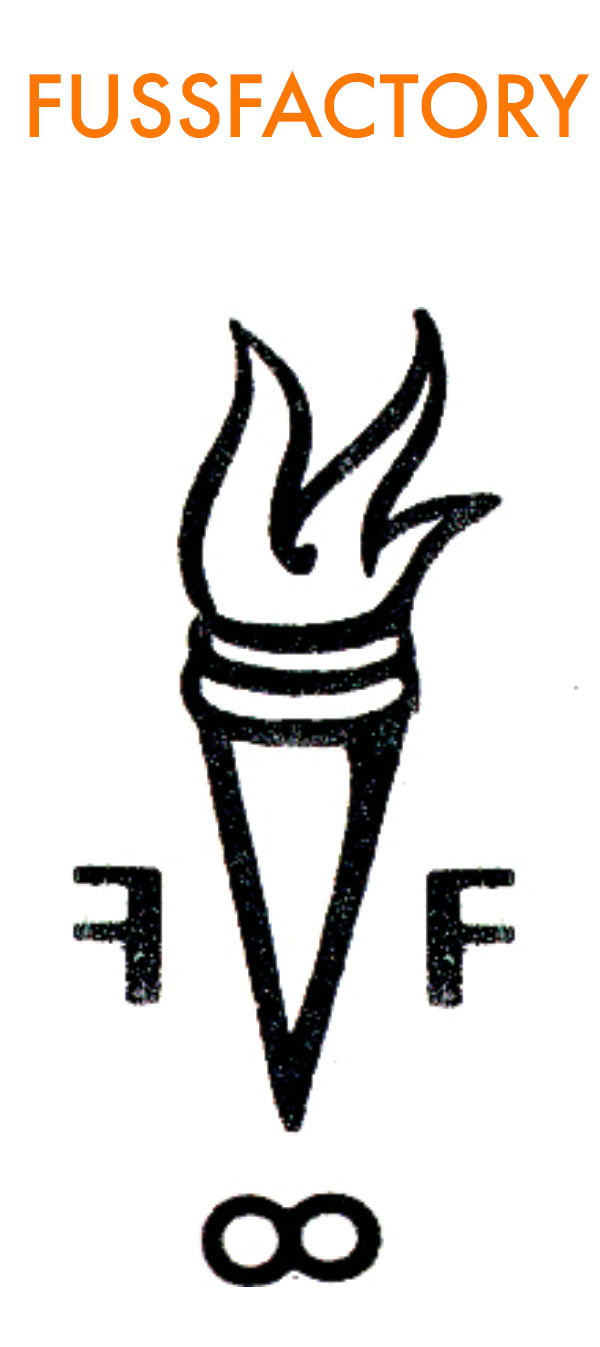Onomatopoeia: Sizzle Tweet Buzz
A name signals the what, but also the how and the why. And names for different kinds of things have to work their magic in wildly different circumstances. For example, a start-up company aspires to be in existence 25 years hence, whereas a seasonal flavor variant of an existing beverage line would, by design, come and go in a matter of months. Shelf life is a critical factor to consider as part of naming strategy.
Generally, a shorter lifespan translates to less time for marketing and promotional support. A name in this category needs to stand on its own, with instantly-recognizable meaning. Oftentimes, instantly-recognizable translates to generic — like Passionfruit, a flavor extension for LaCroix sparkling water. But there is room to infuse a quick-read name with plenty of attitude. Take Hell or High Watermelon, a seasonal craft beer from the 21st Amendment Brewery. The watermelon flavor is animated with a rebellious, pedal-to-the-metal forcefulness rather than the laidback, summery, nostalgic softness one might automatically associate with watermelon.
Offerings with shorter lifespans are also unlikely to evolve from their original form or intention over their short course of existence. The sparkling water will always be a sparkling water, the craft beer will always be a craft beer. Likewise, a film will always be that film; time passes, but the film, as released, will never change.
By contrast, episodic content will evolve over time. These titles need room to grow. They must encompass not only the arc of the first season, but the overall arc of the entire series. Case in point, the title The Good Wife refers more to an origin story — the wife of a politician in the face of his public scandal. Consequently, the title became increasing irrelevant over the seven-year run, as the main character developed her own story, growing beyond the role of “wife of scandalized public figure.”
Another example is the oft-mocked title Cougar Town. As actor Josh Hopkins stated, A lot of people, to this day, are like, ‘Oh yeah, that’s that show about Courteney Cox dating 18-year-old boys.’ Nope, that’s not it! While the title did initially cause a stir, it did not represent the core truth of the content. And, despite the six-year run, may have turned away a potentially larger audience.
Effective titles for episodic content refer to a main character or over-arching subject matter — something that will not evolve — like Friends, Law & Order, Seinfeld, The Office — but superior titles go beyond that. Titles like Breaking Bad, Curb Your Enthusiasm, Shameless, or Orange is the New Black telegraph a point of view, more clearly and accurately setting viewer expectations.
Moving along the shelf-life continuum, a company name should be crafted to transcend time. Whatever the company is established to take on initially, it is highly unlikely that the original offering will remain constant. Or that the competitive environment or technological landscape will go unchanged. Everything is and will be in perpetual flux, yet the brand name will not change.
Originating a brand name that will shine a constant, authentic, relevant beacon across time requires deep understanding of the core essence of the organization. What will never change? Something with a broad enough foundation to equally support the present and the unknown future, and with a wide enough canopy to credibly accommodate expansion, yet specific enough to truly represent the offering.
The great shining grail of company naming is Nike. The company was founded in the early 1970’s when track athlete Phil Knight designed a line of running shoes. His original campaign — Nike. There is no finish line. — did not “explain” that Nike is the name of the Greek goddess of victory. And the first advertisement did not show any products. He knew he was not selling track shoes. He wasn’t even “thinking ahead,” leaving room to expand to footwear for every sport; or even looking to an inconceivably distant horizon of sports equipment of all kinds. No. Right out of the blocks, he was selling attitude: empowerment, self-motivation, personal best. Times and technology and taglines have changed in the almost 50 years gone by, but the Nike core message remains the same, as clear a beacon now as on day one.
Important to note that, in contrast to offerings with shorter lifespans, the anticipated longevity of a company name carries with it ample opportunity to define and refine the brand story over time. Unlike a flavor name that must immediately tingle the taste buds of an impulse buyer, a brand name has time to build a deep, nuanced relationship with its audience.
It brings to mind the age-old marketing expression, don’t sell the steak, sell the sizzle. Coined in the mid-1920’s by Elmer Wheeler, the phrase captures the idea of selling the experience of the product, not the product itself; of appealing to the emotion of the purchase, not to the logic.
That sizzle needs to be legitimate, though, not something superficial. It must truly connect to the core essence of what the brand stands for. Otherwise, like Cougar Town, a communications misfire leads to buzz, not sizzle.
Not that buzz is bad! As long as it’s about something real. Authenticity always resonates. Especially these days with the immediacy of social media, and the ever-decreasing attention span of the consuming audience.
Sizzle and buzz [and Tweet] are examples of a figure of speech called onomatopoeia — words that represent sounds. Yahoo! Meow Mix. Crunch ’n Munch. Kaboom. Flip Flops. Kiss Kiss Bang Bang. Wham! And of course, Sizzler Steakhouse.
[Interesting to observe that several of these examples also contain alliteration, and one employs a rhyme. And while it is fun — and even useful — to mix and match your verbal-branding tools, don’t let that drive the process or the outcome. Brand-name construction should never outshine brand message.]
Onomatopoeia is not used very much in naming, but, starting this week, it will add some snap to the weekly #PlaysWithWords mindgame.


